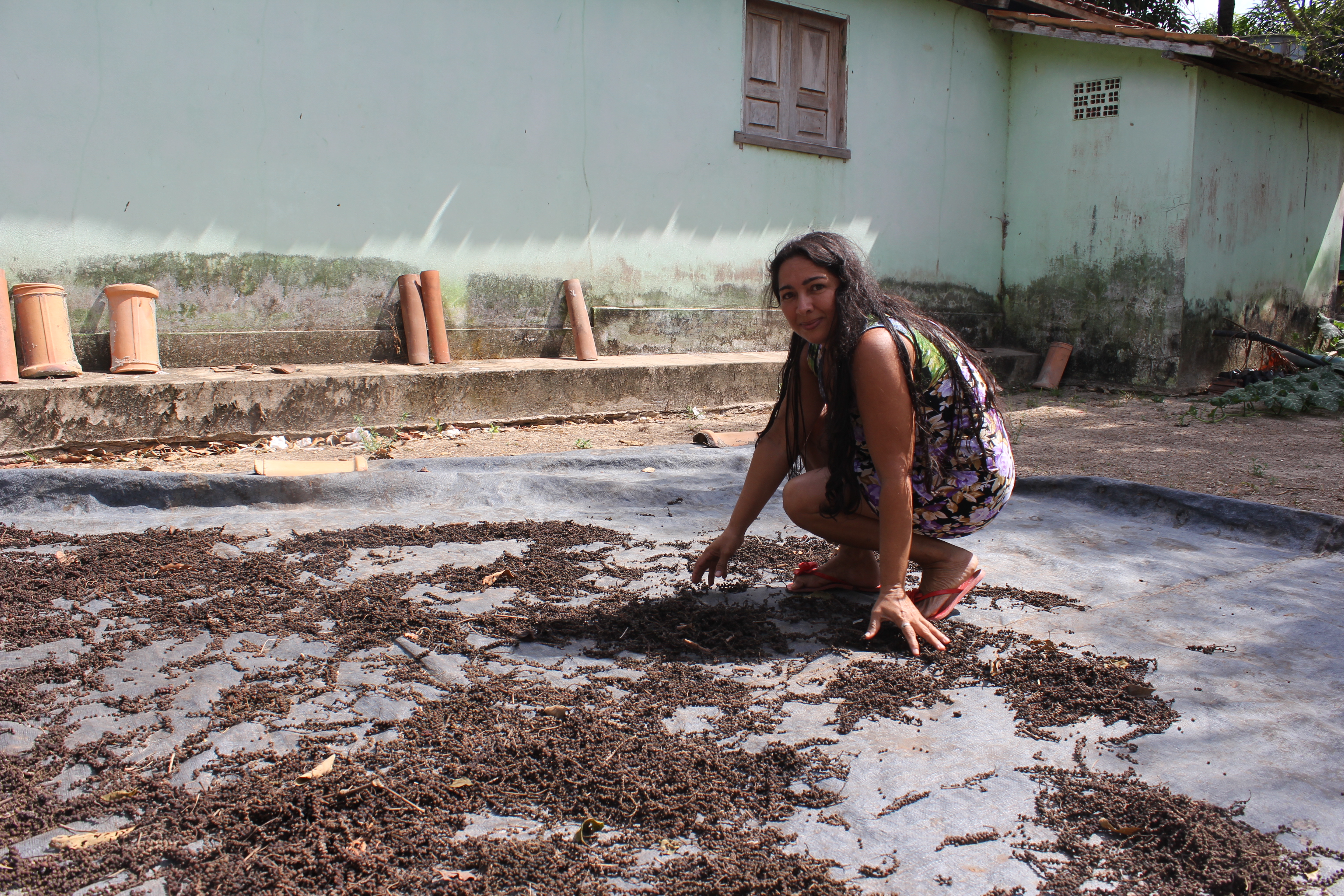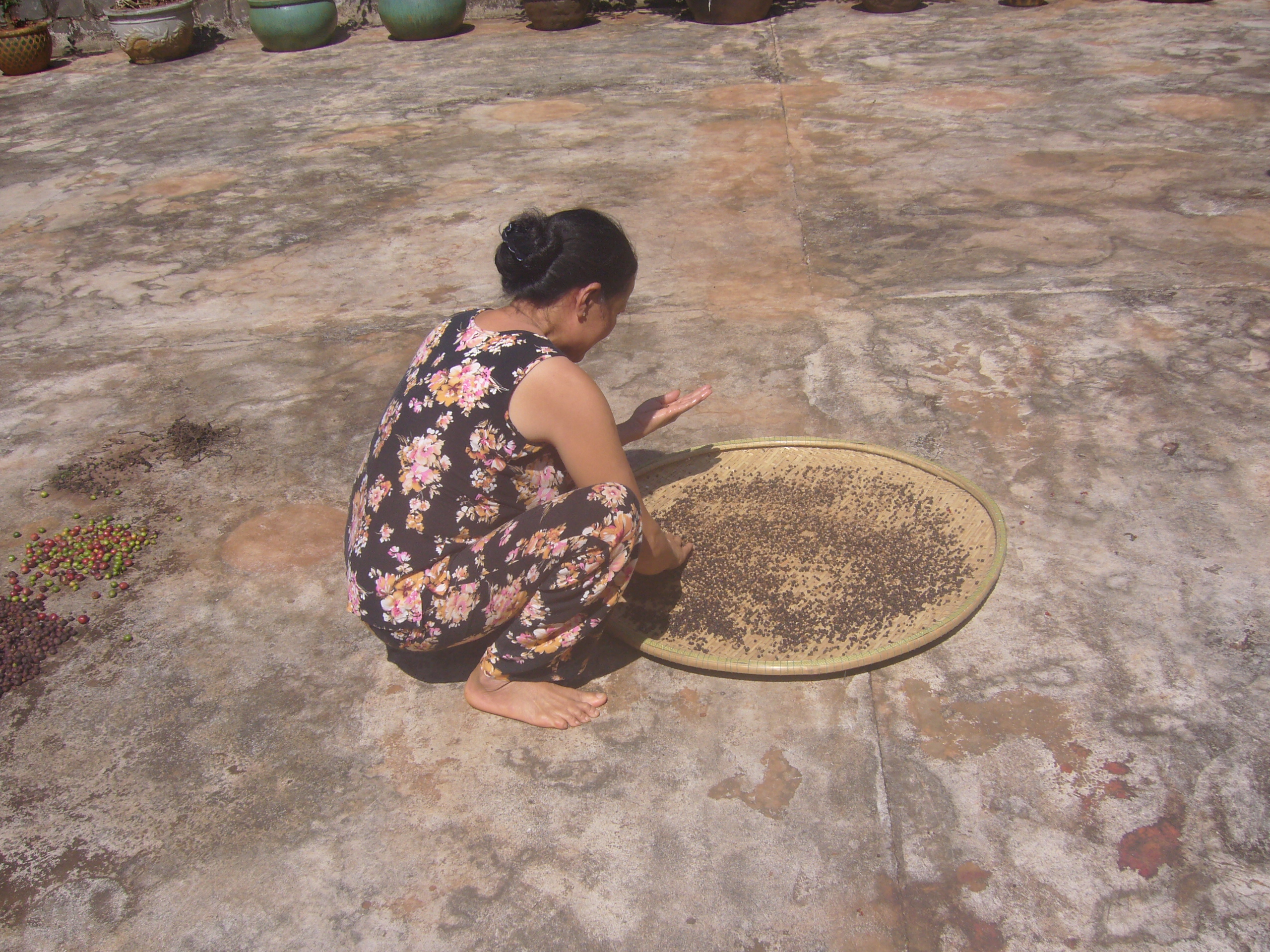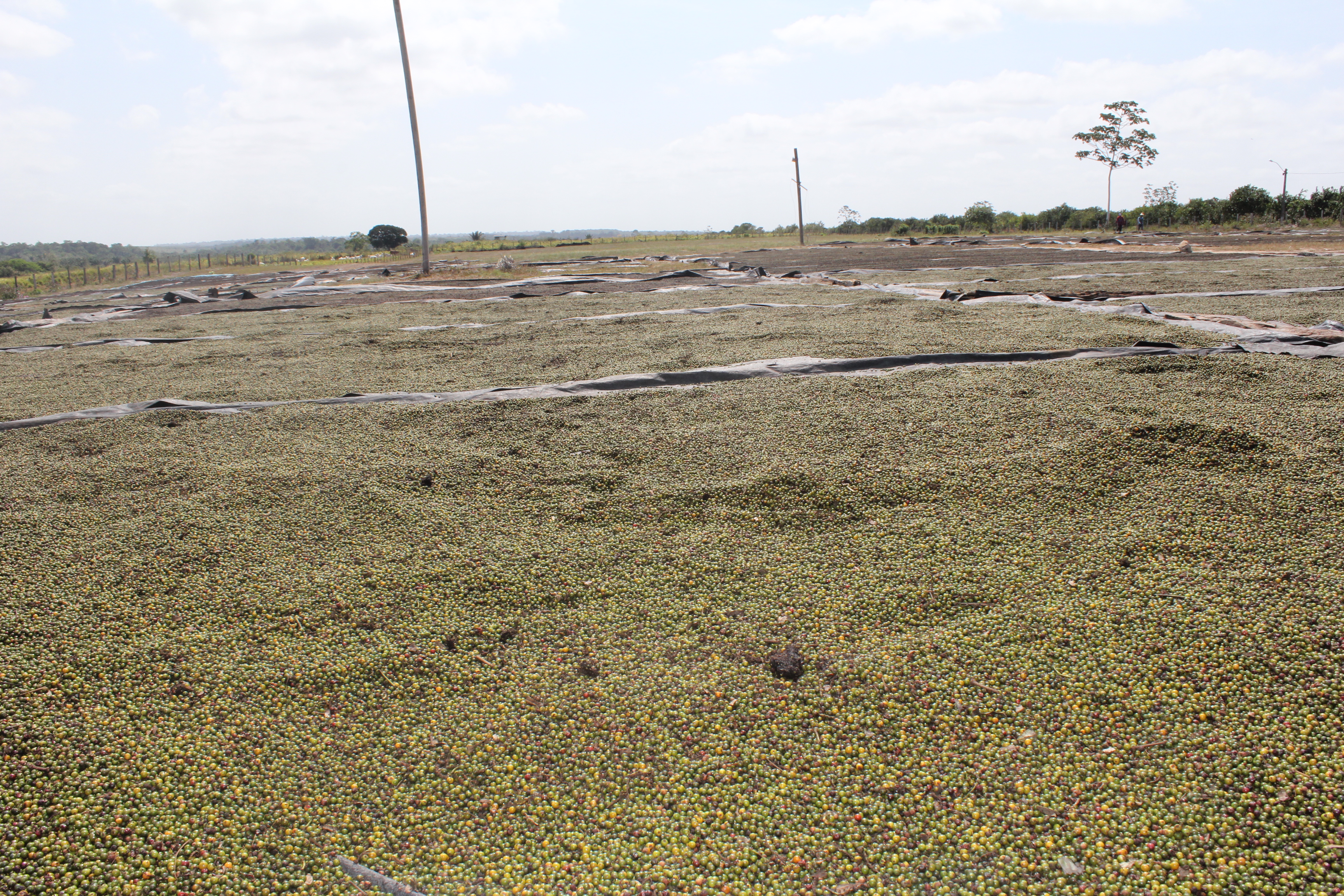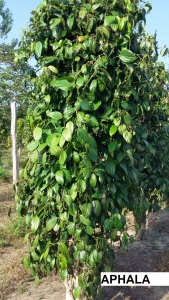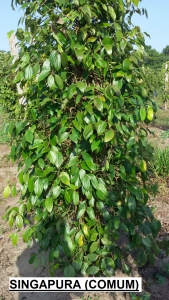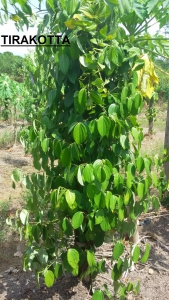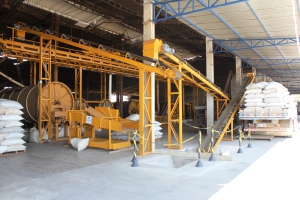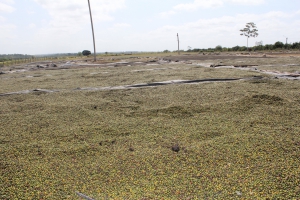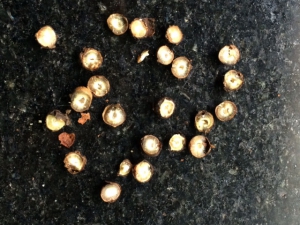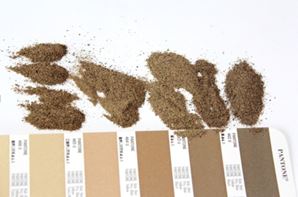Many people think grinded black pepper has to be dark black. Some are sure, that good black pepper has to be grey. But many are confused if the color of grinded black pepper can vary within one lot. What are the reasons for that?
Initially, pepper comes from South India. But today the biggest producers are in Vietnam, followed by Indonesia, India and Brazil. We, as Europeans, only distinguish between mature level and size of the pepper corn, but there are much bigger differences.
People say that there are more than 2.000 different pepper varieties worldwide. In Vietnam, the most common varieties are Lada Belantoeng, An Do, Vinh Linh und Loc Ninh. Depending on region, the variety which grows best or is the best resistant type against plant diseases, is planted. There are many small farmers in Vietnam (60.000).Drying method is mostly sun-drying.
In Brazil are more than seven different pepper plants, each has a different physiology and each is different in construction of panicle and pepper corn.
Different varieties grow on one plantation – and there are many different sizes of plantations in Brazil. The drying methods used are sun-drying and machine-drying.
The variety of pepper and methods of drying give an intake to the size and color of the white inner kernel of a pepper corn.
|
|
Black Pepper is Pepper black…..
Not necessarily, because there are variations. Buying a container in the Origins means you need an exporter. In Brazil as well as in Vietnam. Only this guy has a network of suppliers, who again has a wide spread network of middleman or farmers. Sometimes, a farmer is only producing 3.000 kg of pepper a year. Therefore, it often needs more than 15 farmers, to fill up a container.
In Brazil there are several sorts of farmers: small farmer families, middle-sized ones and big farmers. But even there, on one plantation, several different varieties grow. The farmer is using different varieties to protect their plants from field diseases and 100 % crop shortfall.
Therefore the composition of one container may vary. The exporter is sometimes processing the goods, too. So he is drying, sorting and repacking. Many different pepper varieties of different qualities could therefore be loaded as one lot in one container. One lot of pepper may consequently consist of different colors and different sizes of inner corns.
Pepper corns with different colors and sizes of the inner corn come to Europe, loaded in one container as one lot.
If the goods correspond to the European directives, according to the legal sampling procedure, it is further processed.
When milling the pepper those differences become visible: the white inner kernel – as a sign of quality – breaks and gives the black pepper its grey color. If there are many different kernels within one milling lot, this gives a difference in color: the grounded pepper is partly dark, partly light grey.
Even the grinding procedure gives a certain intake of how the pepper gets broken in the mill. If grinded in pin-mills, those are mills working with two counter rotating pin-disks; the pepper corn has a light corn with new pins than with worn pins. The hardened pins wear differently and often have to be changed during processing of one lot.
(All figures are without olbigation and reflect our personal knowledge and opinion without any liability)

